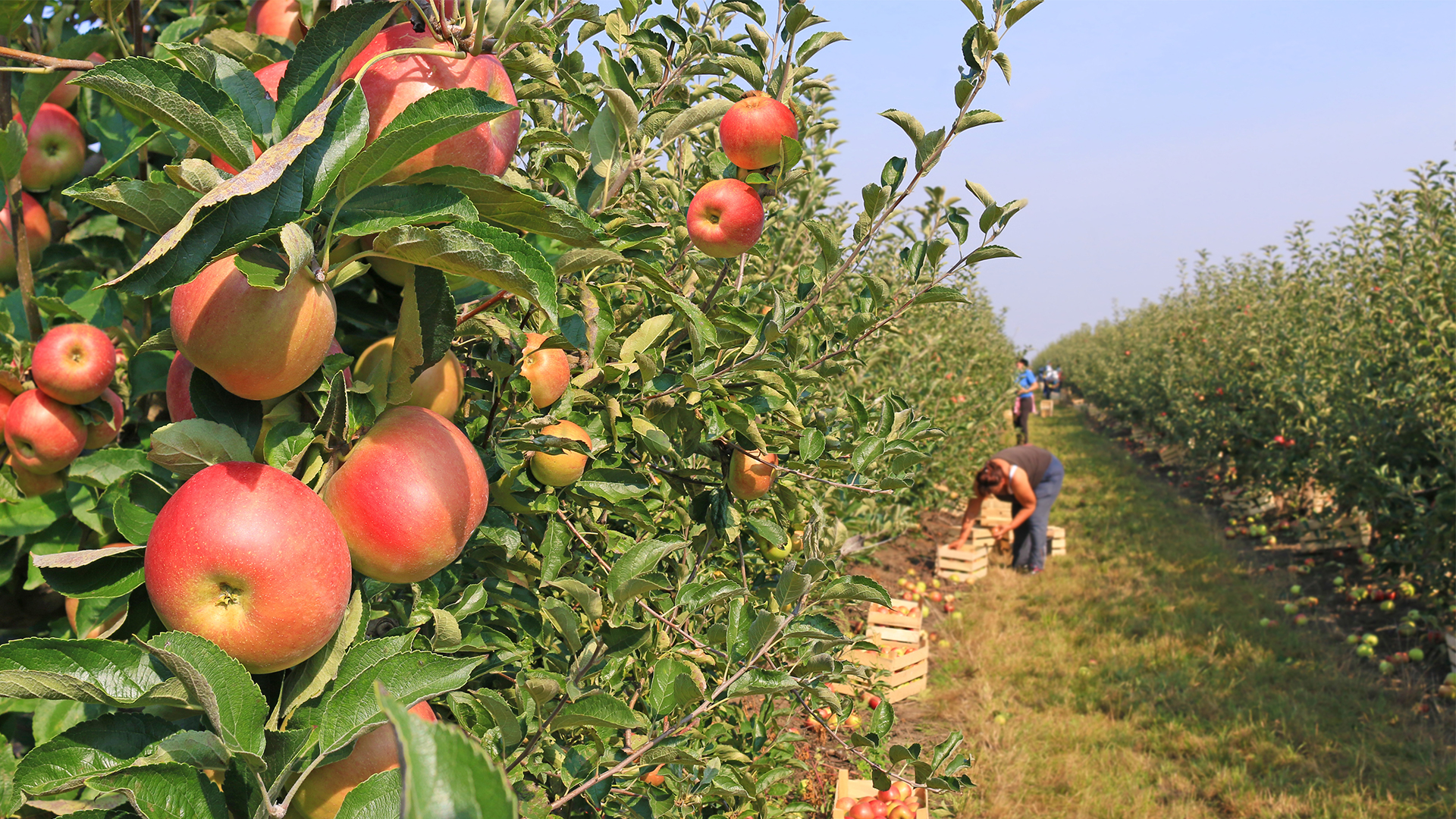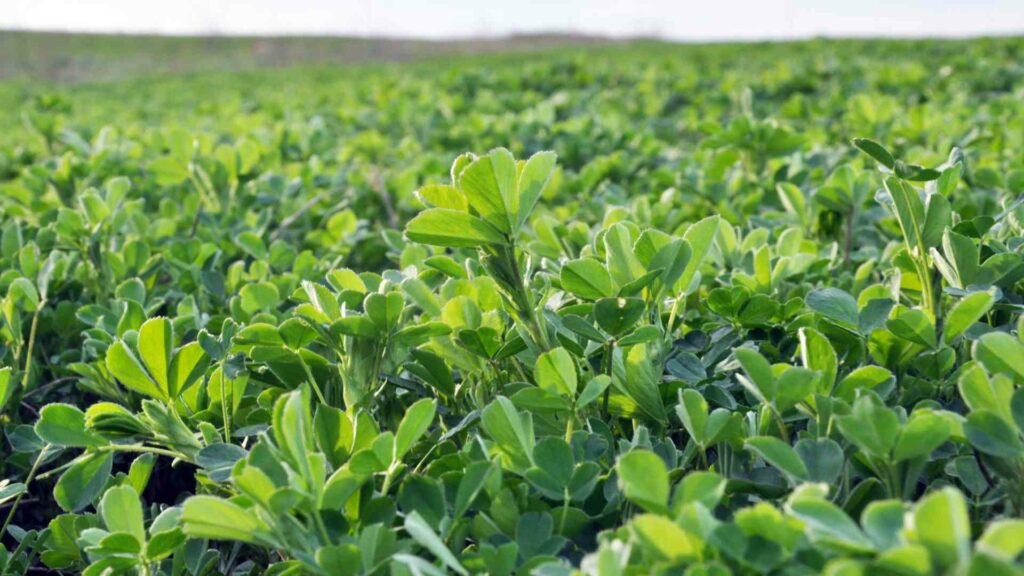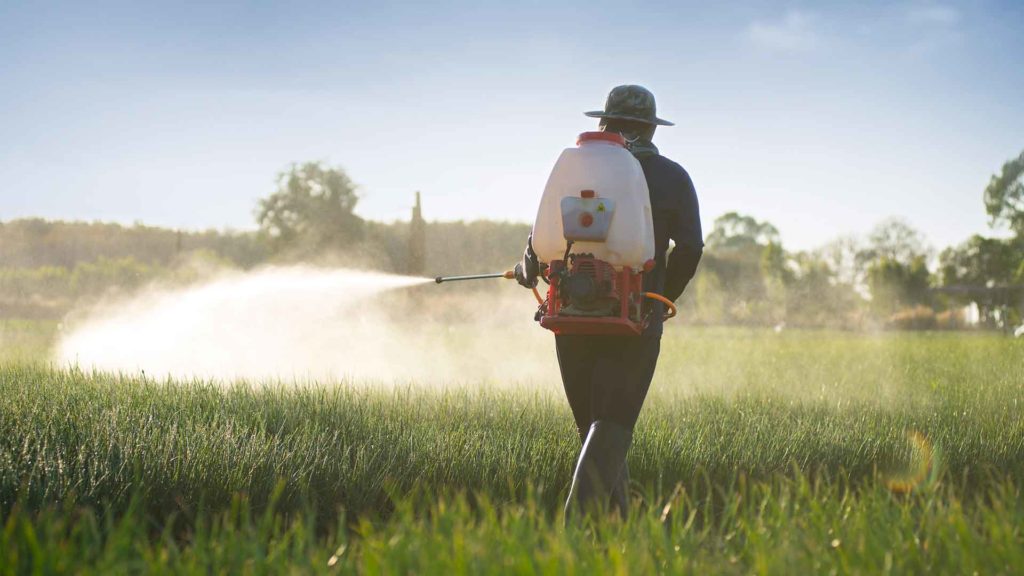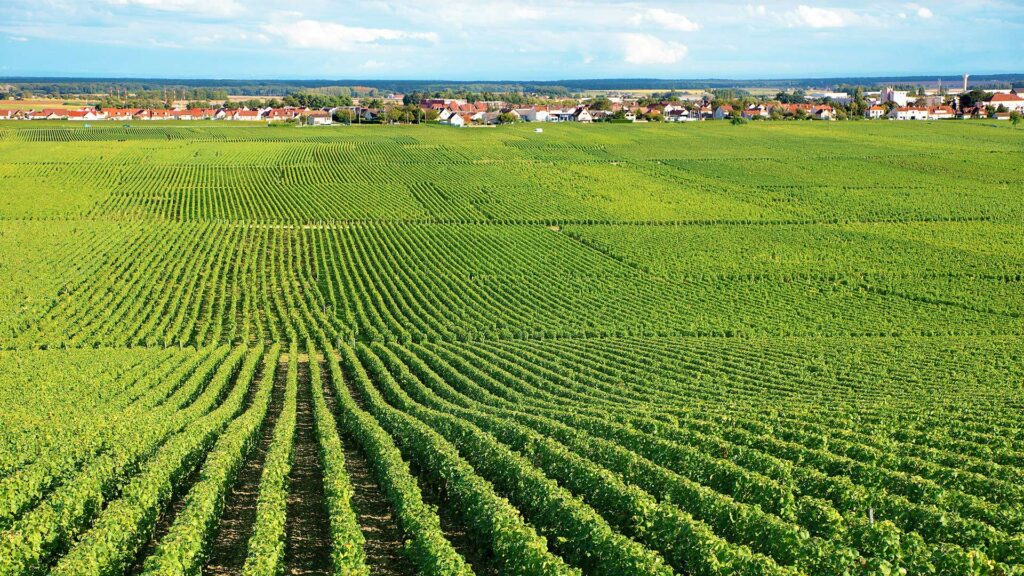Managing Boron Levels in Apple Orchards
Boron levels in apple orchards: Too much or too little Boron can be harmful when growing fruit. Apple farmers are using scientific approaches to get the right balance of Boron at acceptable levels for nutritious apples.

Boron Levels in Apple Orchards
Boron for Nutrition
Boron is an essential mineral that helps you stay healthy. You need a small amount of this metal every day to help your body work properly. The recommended intake of Boron depends on age: 1 to 3 years: 3 mg; 4 to 8 years: 6 mg; 9 to 13 years: 11 mg; 14 to 18 years: 17 mg; 19+ years: 20 mg.
Boron is found in many foods, including apples, carrots, broccoli, and oranges. People who eat lots of fruits and vegetables tend to consume more Boron than those who do not. Thus, appropriate levels of Boron must be managed in plant growth not just for an optimal supply of healthy produce but also for food safety considerations in the general population.
Apples
Apples contain many health benefits. A medium apple contains 0.66 mg of Boron, fibre, vitamin C, and potassium. Apples also contain disease-fighting antioxidants, which can help prevent heart disease, improve lung health, reduce cancer risk, and lower the risk of osteoporosis.
Growing Apples
Apples are grown using a variety of techniques. Some people use pesticides, but most of them use organic methods. They grow them in greenhouses or open fields.
There are many ways to grow apples, but some common ones include spraying, pruning, fertilizing, and picking. Be sure to wash any fruit before ingesting as there may be pesticide residue inside.
Boron Deficiency
Apple trees need Boron to grow well. When there isn’t enough Boron, the apples turn out poorly shaped and distorted. Apples with corky skin are also very poor-quality fruits.
Other signs of deficiency include internal bark necrosis (bark measles); Dead terminal buds and shoot dieback, sometimes with witches-broom effect as side buds break and start developing. Other visible signs of deficiency include shortened internodes; dwarfed, stiff, thick, brittle leaves with smooth margins.
In severe cases, dead areas appear in the bark of young branches (apple measles). The bark may be rough and cracked. Boron deficiency may affect the movement of calcium from the tree leaves to other tissues. As a result, boron deficiency often is associated with a bitter pit.
Boron Surplus
On the flip side, too much can inhibit plant growth, fruit set and leaf development, typically exhibiting yellowing of leaves. There are many warning signs to let farmers know when there is too much Boron in the orchard. Brown spots on apples are also associated with boron deficiency. These spots continue through from the surface into the flesh.
Boron in Soils
Apples appear to grow best in sandy soils, but these soils also tend to be low in available Boron, an essential nutrient for tree growth, especially fruit set and quality. Boron should be applied for apples, especially on sandy soils in high rainfall regions or with over-irrigation, because soluble Boron can be easily leached from the root zone.
Testing for Boron Levels in Soil
Boron deficiencies may be suspected on light-textured soils with low organic matter content, soils with a pH above 7.0, and recently limed grounds.
Soil testing and plant analyses are both helpful in assessing the potential boron-supplying capacity of the soil and the current boron status of the growing plant.
Soil tests and leaf analysis is needed to determine the levels of Boron. Annual leaf and soil analyses are taken to monitor boron levels. (vikaspedia.in)
Fertilisers
While boron requirements for optimum plant nutrition are low compared with those of the primary nutrients, the need for Boron is especially significant in fruit development
It is especially needed during flowering and fruit development. Apple trees are routinely treated with boron fertilizer to grow healthy fruit.
Applying boron fertilizers has been shown to increase yields and improve the quality of many crops. Apples respond well to the correct amount of fertilizers. However, using too much Boron in apples can cause toxicity, so soil testing and leaf analysis are critical to determining the extent of boron deficiency.
Foliar sprays of Solubor ® is one brand that is applied during the dormant season. Pre-pink and early bud stages will ensure an adequate Boron supply during the critical stages of flowering and fruit development.
When applied before blooming, Boron helps prevent blossom drop. Zinc is another vital nutrient for plants. Urea is a nitrogen fertilizer used as a source of nitrogen. Research shows that boron and zinc help prevent blossom drop and increase yield.
Boron in the Water
Furthermore, Boron can be in harmful supply in well water on apple farms. One such approach to managing water supplies has been promoted by Aqua4D Water Solutions, which has developed an environmentally safe system and contains levels of Boron and salt in local water.
In a test, one apple orchard was irrigated with well water treated with Aqua4D’s electromagnetic system; the other orchard received untreated water from the same well.
The orchards were chosen because they had identical EC soil values of 8.9, boron levels of 5.44 mg/litre in water and 8.16 mg/kg in soil, and sodium levels of 13.5 percent in water and 570 mg/kg in the ground.
On August 4, 2017, the Aqua4D system was implemented. A foliar study of leaves from the trees that received treated water and those in the control orchard that didn’t revealed substantial variations between the orchards less than two months later.
The results astounded even the most seasoned experts who did the analysis. For the first time, they saw a boron reduction of more than 70% in the leaves in the treated area. Boron, on the other hand, increased by122% in the untreated plants– after only two months of irrigation with poor water.
Similarly, the quantity of sodium in the leaves diminished by 94% in the treated trees, while it increased by nearly 300% in the non-treated orchard.
Scientists also observed an increase of calcium and magnesium – critical elements for plant growth – of 25% and 14%, respectively, in the treated orchard. Conversely, there was a calcium reduction of 53% in the untreated orchard and just a slight increase in magnesium levels.
Innovation clearly helps manage and improve growth of nutritious fruits and vegetables. A holistic approach to managing appropriate inputs of micronutrients in the water, soil and with fertilisers is clearly reaping results.





